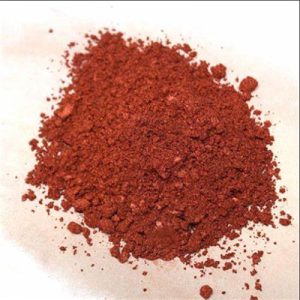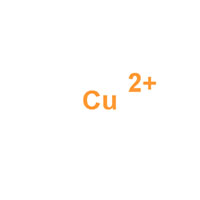Copper Powder
Specifications
| Item | Index | Index | Index | Index |
| Chemical reagent grade | pneumatic atomized copper powder | water atomized cooper powder | Reduction cooper powder | |
| Assay(Cu) % | ≥99.8 | ≥99.6 | ≥99.6 | ≥98.0 |
| Hydrogen loss % | —— | ≤0.15 | ≤0.25 | —— |
| Total impurities % | —— | ≤0.2 | ≤0.2 | —— |
| Bulk d ensityg/cm3 | —— | 2.0–4.0 | 2.6–5.0 | —— |
| Velocity of flow s/50g | —— | 25-60 | 20-35 | —— |
| Fineness(meshes) | —— | 100-300 | 100-300 | 100-300 |
| Iron(Fe)% | ≤0.015 | ≤0.02 | ≤0.02 | —— |
| Lead(Pb)% | ≤0.03 | ≤0.05 | ≤0.05 | —— |
| Water % | ≤0.05 | —— | ≤0.05 | —— |
| As% | ≤0.005 | ≤0.005 | ≤0.005 | —— |
| Sb% | ≤0.001 | ≤0.01 | ≤0.01 | —— |
| Bi% | ≤0.002 | ≤0.002 | ≤0.002 | —— |
| Ni% | ≤0.003 | ≤0.003 | ≤0.003 | —— |
| Sn% | ≤0.004 | ≤0.004 | ≤0.004 | —— |
| Zinc(Zn)% | ≤0.004 | ≤0.004 | ≤0.004 | —— |
| S% | —— | ≤0.004 | ≤0.004 | —— |
| Sulphates(SO4)% | ≤0.015 | ≤0.015 | ≤0.015 | —— |
| Chlorides(Cl) % | ≤0.004 | ≤0.004 | ≤0.004 | —— |
| Residue on ignition after nitric acid treatment | ≤0.05 | ≤0.05 | ≤0.05 | —— |
Packing& Storage
| Packing | 25kg cardboard drum, lined with double-layer plastic bag | |||||||
| Storage | 20℃, 2 years. | |||||||
| Shipping | Room temperature in China; may vary elsewhere | |||||||
General Information
1.1 Chemical & Physical Properties
| Common Names | Copper | copper(II) cation | ||||||
| Structure |  |
||||||
| CAS No. | 7740-50-8 | Boiling Point (℃) | 2580 °C | ||||
| Molecular Weight | 63.545 | Melting Point (℃) | 1083.4 °C(lit.) | ||||
| Appearance | Light rose red branch-like powder | Vapor Specific Gravity | N/A | ||||
| HS Code | 7402000090 | Flash Point (℃) | -23 °C | ||||
| Solubility | soluble in heated sulphuric acid or nitic acid | Autoignition Temperature (℃) | 700°C | ||||
1.2 Safety Information
| Safety Phrases | S5-S26-S16-S61-S62-S36/37 | |
| RIDADR | UN 3089 4.1/PG 2 | |
| WGK Germany | 3 | |
| Packaging Group | III | |
| Hazard Class | 4.1 | |
| SYMPTOMS | PREVENTION | FIRST AID | |
| Inhalation | Cough. Sore throat. | Use local exhaust or breathing protection. | Fresh air, rest. |
| Skin | Redness. Burning sensation. Itching. | Protective gloves. | Remove contaminated clothes. Rinse and then wash skin with water and soap. |
| Eyes | Redness. Pain. | Wear safety goggles. | First rinse with plenty of water for several minutes (remove contact lenses if easily possible), then refer for medical attention. |
| Ingestion | Abdominal pain. Nausea. Vomiting. | Do not eat, drink, or smoke during work. Wash hands before eating. | Rinse mouth. Induce vomiting (ONLY IN CONSCIOUS PERSONS!). Refer for medical attention . |
1.3 Synthetic Route
The electrolysis method uses copper metal as raw material and is dissolved in concentrated sulfuric acid. The composition of the electrolyte was as follows: Cu52.3 g/L, H2SO4 about 200 g/L, electrolyte temperature 58.5 °C, tank voltage 0.33 V, cathode current density 1.82 A/cm2. After electrolytic refining, high-purity copper powder is prepared.
